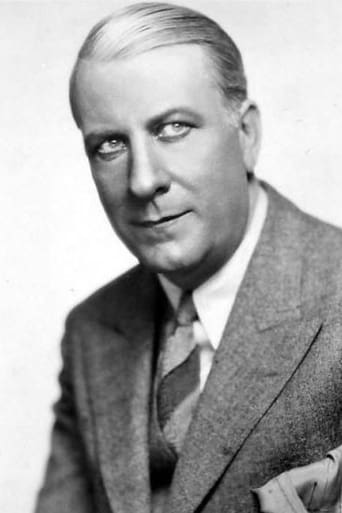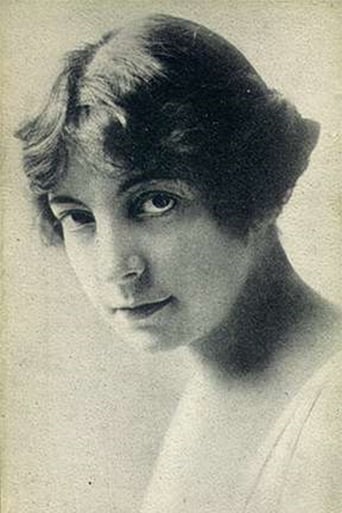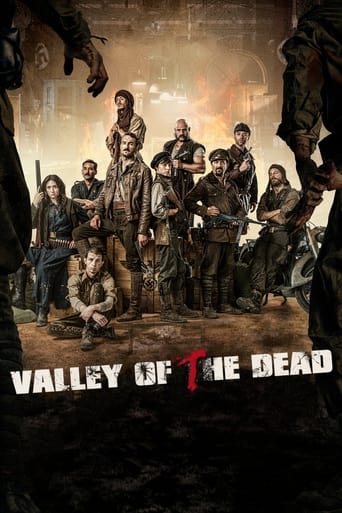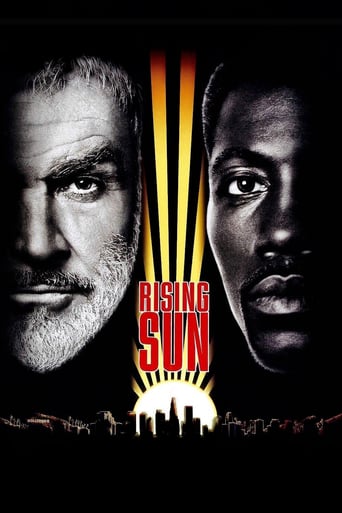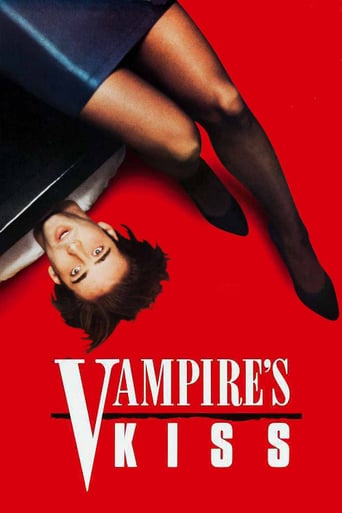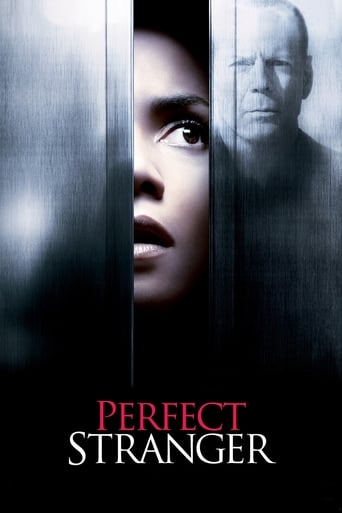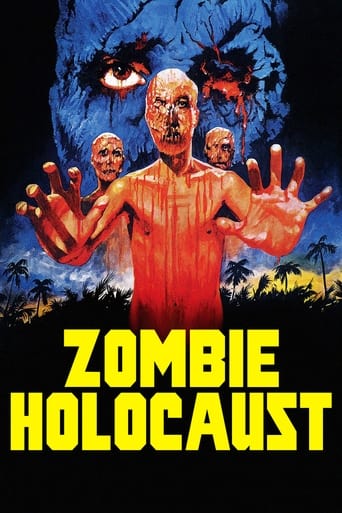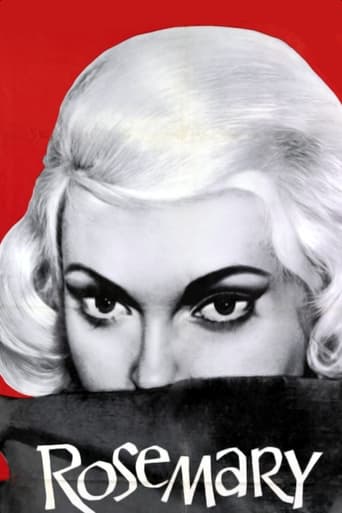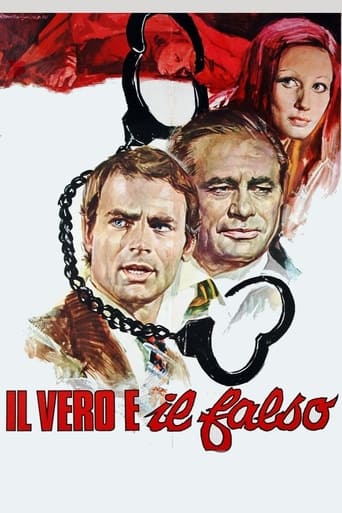Dr. Jekyll and Mr. Hyde (1913)
Dr. Henry Jekyll experiments with scientific means of revealing the hidden, dark side of man and releases a murderer from within himself.
Watch Trailer
Cast


Similar titles
Reviews
I like the storyline of this show,it attract me so much
It's entirely possible that sending the audience out feeling lousy was intentional
One of the worst ways to make a cult movie is to set out to make a cult movie.
All of these films share one commonality, that being a kind of emotional center that humanizes a cast of monsters.
This is a great horror movie. It is very scary. It is one of scariest movies you will ever see. Great acting. Great story line. Great special effect. This movie is very intense. It is a true horror classic. This is a great movie. See it. It is a must see. I need more lines and I am running out of things to say. This is a great movie. Great movie great movie great movie great movie. Do not miss this movie if you find it. One of greatest horror movie ever made. Best on one of the best horror stories ever told. This movie will give you goosebumps. If you like really scary movies. Then you need to see this movie. Very scary very scary.
One year after Henderson's film about Robert Louis Stevenson's classic novella, Brenon came out with his own version of Dr. Jekyll and Mr. Hyde. This tale was a little more of a let down because of longer drawn out scenes that could have been short and to the point with poor background music chosen. Also, the transformation scene to Mr. Hyde was hack and could have been much more frightening and realistic. The film definitely needed shorter scenes and more written boards to give more information about the plot. Not every viewer of a movie is going to know what's going on because they may not have read the book. I'll give King Baggot credit for doing a good job acting in this silent film but all the other characters were non existent. This movie isn't worth the time and would advise the 1912 or 1920 movies.
I remember seeing a documentary on classic horror once that said, during the silent era, there was something like fifty different adaptations of "Dr. Jekyll and Mr. Hyde" made. The most famous of which is, no doubt, the 1920 version starring John Berrymore. The 1913 version starring King Baggot is Not.At only twenty-seven minutes, the movie condenses an all ready pretty short novel even further. It makes two of the biggest sins a silent film can make: Over-reliance on title cards and major overacting. Major plot elements, such as Hyde committing evil during the night and Jekyll loosing control of his transformation, are brushed over in intertitles. King Baggot overacts wildly, most notable during the transformation scenes. Hyde is portrayed, not through elaborate make-up or subtle acting cues, but by the actor smearing some shoe polish under his eyes, making a maniacal grin, and walking around crouched on his knees. As you can imagine the affect is far from menacing.The film introduces a love interest, though she doesn't get much development. Hyde's acts of evil seem limited to picking a fight in a bar, jumping on random people in the street, and hiding behind trees. Overall, the film isn't very memorable or impressive. I suspect, if its public domain status hadn't allowed it on to the Youtubes and such, it would be totally forgotten.Despite all of this, the film is, quite unintentionally, technically the first Universal Monster movie. It was co-directed and produced by Carl Laemmle, the studio's founder and father to the son mostly responsible for creating the Universal Monster brand. Therefore its inclusion here and probably the only reason anybody much talks about it anymore.
This is a respectable adaptation for 1913 of Robert Louis Stevenson's novella. Comparing it to later adaptations, most notably the 1920 John Barrymore, the 1931 Fredric March and the 1941 Spencer Tracy versions of "Dr. Jekyll and Mr. Hyde" would be unfair, but this 1913 short feature does fare well in comparison to the 1912 Thanhouser version, which I've also seen. The 1912 film was probably only a reel in length, as opposed to the two or three reels of this 1913 incarnation, which, thus, benefits from less truncation of the narrative. The 1912 film featured two different actors to portray Dr. Jekyll and Mr. Hyde, whereas this one stars King Baggot in a dual role. Both pictures used editing for the transformations between Jekyll and Hyde, but the 1913 one also includes two transformations via double exposure photography. This is the same technique used, albeit done better, in the later and more popular versions of the story. Another way the transformations are achieved here is by Baggot removing his Hyde costume while hunched over and his back to the camera. Baggot also does this once to put on his Hyde, but there's a jump cut to aid him for this. The editing tricks used for the remainder of the transformations are crosscutting and having Baggot exit a scene and re-enter it.Baggot's Hyde isn't too bad, either, for 1913. He changes his hair and teeth for it, and dons a hat, odd glasses and a cane, and he walks hunched over and knees bent, for a grotesque and animalistic Hyde, which is faithful to the novella's characterization.The film suffers from some of the typical, outdated cinematic practices of the time. It is told in a tableau vivant style, where title cards describe proceeding scenes and there are no intertitles or changes in camera placements for each set. On the other hand, there is some crosscutting and good, quick scene dissection between locations, which is more than can be said for many pictures of this era and which makes for a, thankfully, breezy viewing experience.The director of this "Dr. Jekyll and Mr. Hyde", Herbert Brenon, was probably one of the foremost filmmakers of the 1910s, but some of his most acclaimed pictures from the decade are lost, including "Neptune's Daughter" (1914), its follow-up "A Daughter of the Gods", as well as "War Brides" (both 1916), which starred Alla Nazimova. A couple of his 1920s features: "Peter Pan" (1924) and the Lon Chaney picture "Laugh, Clown, Laugh" (1928), however, remain in wide circulation and some others are available from smaller video distributors.





